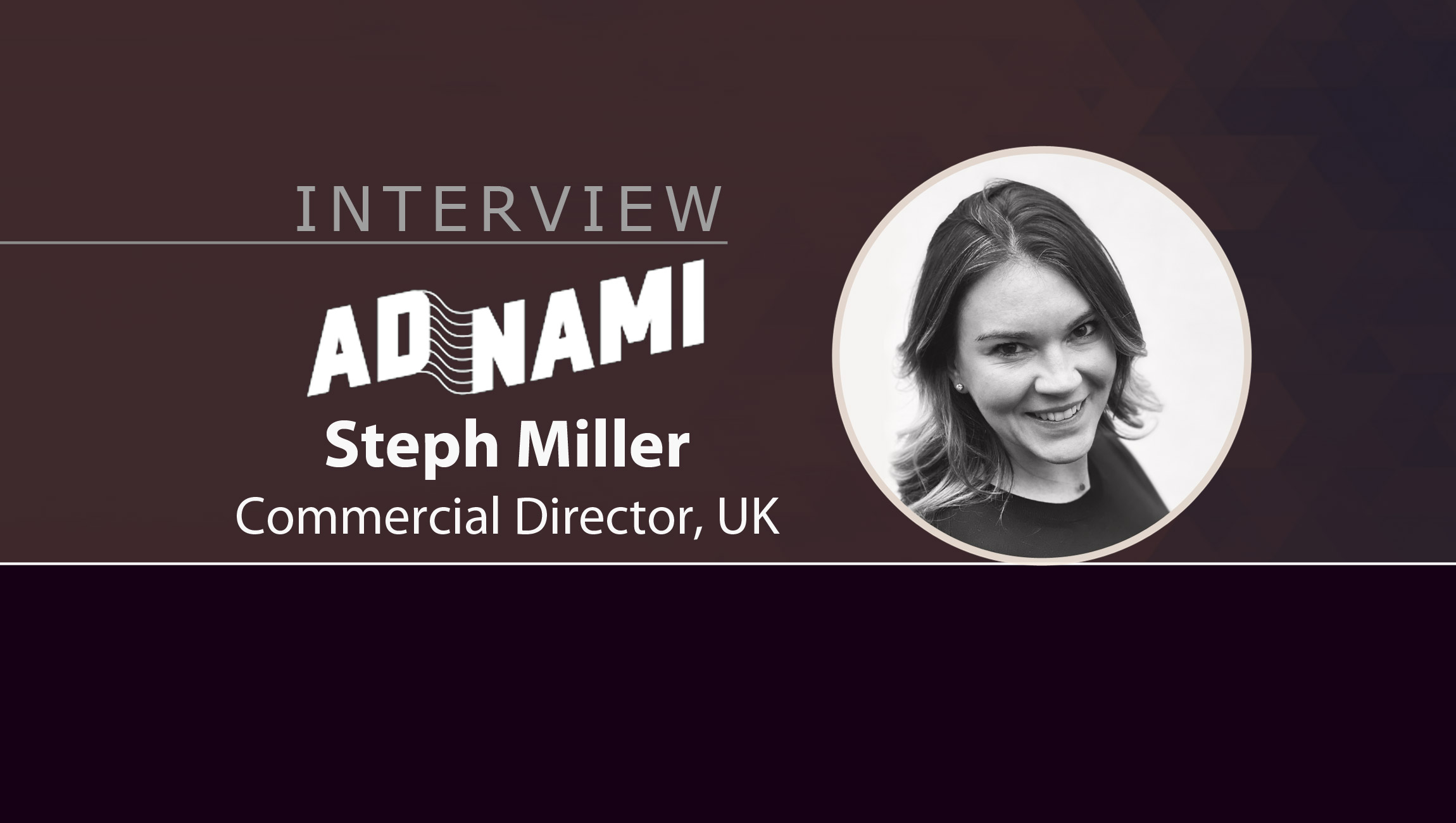Lessons Learned from a Journey Focused on Authentic Connections, Engaged Customer Communities and Scaling Meaningful Brands
Today’s path into venture capital often reads differently than it did just a few years ago when an Ivy League education, Wall Street resume, and a warm handshake sealed the deal to a seat at the other side of the startup table.
Platform teams in today’s ecosystem are tasked with building collective communities where value-driven support and connectivity beyond the term sheet are delivered.
Easier typed in a lengthy Twitter thread than done.
From having a front-row seat to raising capital at an early-stage startup to working alongside venture-backed startups as an entrepreneur, I have acquired a keen understanding of a healthy tech stack, the most efficient allocation of marketing dollars, and how to build a brand worth talking about.
In this article, I’ll share my experience in building something from nothing and key takeaways from each endeavor that has been part of my career path so far. This includes my most recent foray as VP of Marketing at Panoramic Ventures, one of the most active VC firms in the Southeast.
As we journey through understanding what adds fuel to the fire in marketing, I’ll offer insight into Panoramic’s messaging, branding, and commitment to a vision that takes a “wider-view” approach to investing, thus opening new doors for overlooked founders and giving more entrepreneurs access to capital to build leading tech companies.
Let’s dive in!
SalesLoft: From Five Employees to Billion-Dollar Startup
When I joined SalesLoft as the first marketing hire and one of the first 20 employees, I stepped into unknown tech territory, where my frame of reference for startups stood somewhere between the season premiere of “Silicon Valley” and “Billions.” During the interview process, I met the team that you could feed with two pizzas and observed engineers huddled around lines of code and cofounders running demos at standing desks in the center of things.
SalesLoft’s explosive growth is indicative of the most important sales process innovation in the last decade. The company grew 2,000 percent in 2014 and went from five to 40 employees in nine months. Fast forward to 2021 and the company now sits at a $1.1B valuation.
During those days, B2B SaaS marketing was reserved, content was gated, and startups played by the rulebook. We knew the rules well enough to break them, and that’s exactly what we did.
My marketing budget was allocated to creating the most valuable content for our customers and community, and in-person events such as Dreamforce and SalesLoft’s self-hosted conference, Rainmaker. I didn’t spend one dollar on paid advertising in year one.
We were a small, scrappy team that took bold, risky moves in creating indelible experiences for the B2B sales community at events. We impersonated Marc Benioff at Dreamforce ’14, ran a “faux” presidential campaign for him in ’15, brought in the Atlanta Falcons drumline, and the following year, a “Stomp” crew to kickoff Rainmaker. We created content that people wanted to not only read but share, and our CEO believed in the power of marketing.
Today the B2B SaaS market thrives on being different and standing out, and it’s become increasingly more challenging to do so authentically.
Takeaways:
- Look beyond your competition for your next move. Some of our greatest ideas came from B2C-focused campaigns.
- When you aim to cut through the clutter, ensure that your message is tied to the company’s vision. Don’t be loud just to be loud, find your purpose.
31south: The Leap into Entrepreneurship
Following an explosive four years at SalesLoft, I cofounded 31south, a creative marketing agency serving venture-backed startups and Fortune 1000 organizations.
It was during this time that I really understood the power of humanizing communication and delivering authenticity to customers.
We partnered with the world’s top brands to build disruptive marketing campaigns and empowered emerging brands to take big risks to gain traction. From launching a two-sided marketplace at SXSW with an all-star tech lineup on stage, to hosting a conference for a customer data platform in Times Square, we found that the most successful hyper-growth organizations are powered by process-driven, scalable, and repeatable marketing models.
Disruptive campaigns are great for branding but far better when inbound leads are qualified and come through consistently each month.
Takeaways:
- Define your “why” and ideal customer profile. The sooner you do this the more effective your strategy and output will be.
- If you’re a consultant or external agency, establish your position as a strategic partner and extension of the existing team, not just a drop-in cargo carrier with campaign ideas. This will empower you to build trust internally.
Marketing Technology News: Hey Advertisers: Here’s What Tracking Looks Like in a Post-Cookie World
SaaStr: World’s Largest Community for Business Software
There’s no organization more committed to building a community of SaaS executives and entrepreneurs than SaaStr. Over the course of almost a decade, SaaStr has hosted the largest non-vendor event in the industry, with 15,000+ attendees coming together to focus on industry-leading content and cultivating connections.
When the pandemic struck and obliterated in-person events, SaaStr became the industry standard for how digital events were rolled out, hosting a new themed event every six weeks and attracting more attendees each time.
How did it do this consistently?
SaaStr is entirely focused on helping every SaaS business get from $0 to $100M ARR. That means no pay-for-play sessions, and every speaker is hand-selected. Content quality is unmatched, and the team is unwavering in creating a network where members can thrive and get consistently better through each event.
Takeaways:
- Invest sweat equity into building and nurturing your community. Create an environment where ideas are exchanged and communication is authentic among constituents, each looking to amplify the community’s greater good.
- If you build it, they will come, but only if you build it well and consistently deliver value.
Panoramic Ventures: A Seat at the Other Side of the Table
As I joined the team to launch a new fund and lead marketing for Panoramic, I knew that venture capital typically colored inside the lines on a black-and-white canvas.
Instead, we would pull out a full-color palette, increase the font size, and share our mission from a megaphone to connect with our targeted audience—from collegiate founders to diverse entrepreneurs, all geographically ranging in rising markets.
We are intentional with how and where we connect and build community. We are active in the ecosystems where our founders and potential portfolio companies spend their scroll time. The content is consistently branded to cut through the clutter on a Twitter and Instagram feed, yet transcends a clickbait caption with research backed by a team with decades of experience. We opened the DMs and shared our emails publicly on social platforms.
And every single inbound inquiry receives a human response.
We’ve further humanized the investment process by publishing a blog post from the deal lead once a round closes to detail the why and what’s next. This not only pulls back the curtain on the industry but supports our ongoing commitment to serving founders once the term sheet is signed.
Recognizing the need to democratize access to capital for entrepreneurs everywhere, we’ve also launched a pitch competition called Startup Showdown, a unique opportunity for early-stage startups to present to well-known investors and innovators as they look to take their companies to the next level. Finalists pitch to investors while also focusing on building connections in the tech ecosystem.
Being in the game is one thing, changing the game is next level.
Takeaways:
- Get comfortable being uncomfortable when you open the box of crayons in an industry that traditionally hasn’t colored outside the lines. When launching a new brand, ensure that the internal team is fully invested before going to market. Lean on the team to support the momentum-building activities on social platforms and empower them to share and repost content.
- Find your tone and style on social media. Determine if you’ll use a particular emoji with every post or if lowercase letters make a greater statement. Identify these subtleties, stick to them, and over time you’ll have created a brand voice.
The journey of discovering what adds fuel to the fire in marketing is an exciting one. These days, I’m working closely with numerous disruptive companies within Panoramic’s investment portfolio, where I’m helping to drive and support marketing strategies. The rules, however, remain the same: establish authenticity in messaging and branding, dare to take calculated risks, and tie each marketing initiative to a singular vision that conveys the company’s true value proposition.
Marketing Technology News: Concerned About Online Privacy? Try A Different Kind of Search Engine












Comments are closed.